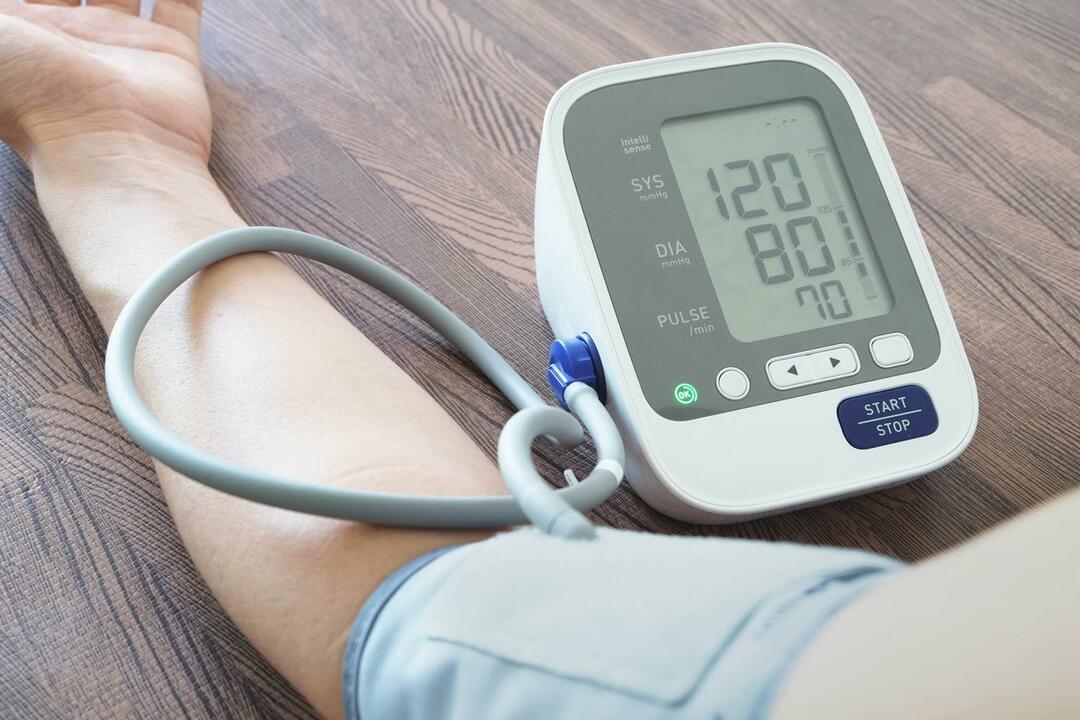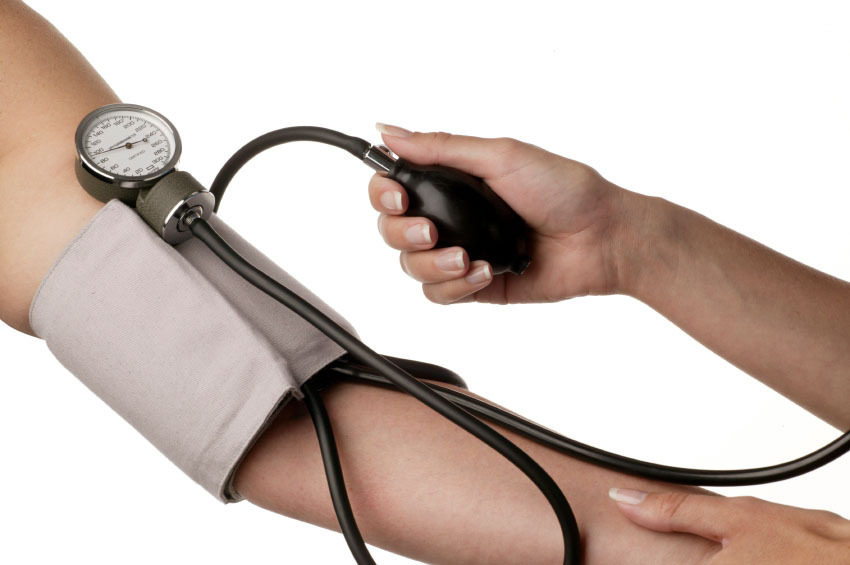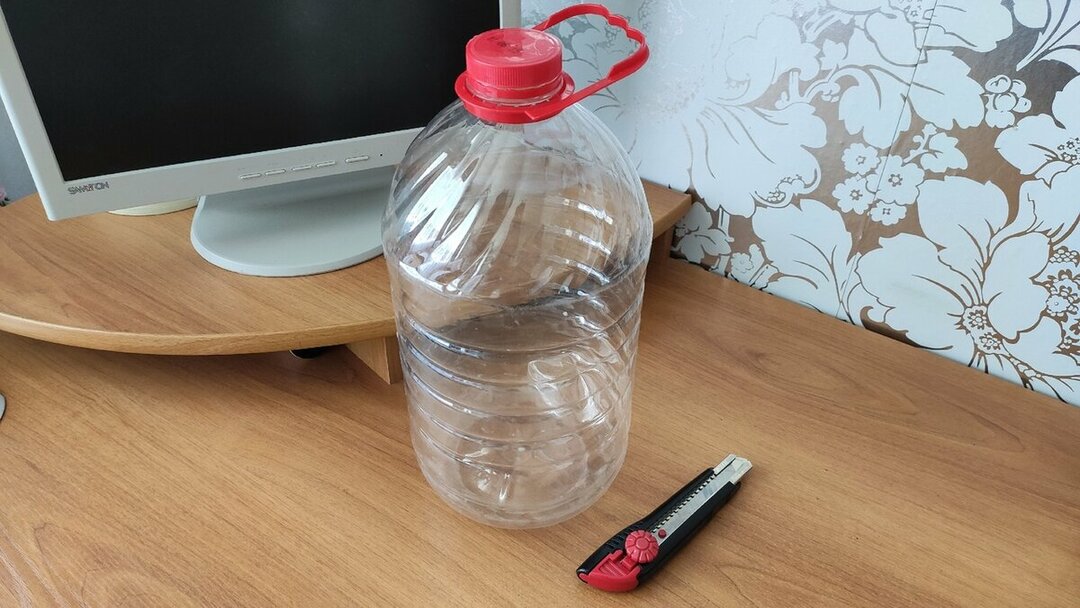
bt.rozetka.com.ua
Measuring pressure is a process that everyone must master. It doesn't matter if he knows it or not. This will come in handy when you or your family members get sick - high or low blood pressure signals a malfunction in the body. In our article we will talk about the intricacies of the principles of operation of the tonometer and its maintenance.
The content of the article
- How to use a tonometer correctly - the basis of any of the options
-
Rules and features of using a tonometer
- How often to measure blood pressure
- Measurement cycles: when you can measure pressure
- How to choose a hand for measuring pressure with a tonometer
- How to put on the blood pressure cuff
- How to use an automatic and mechanical tonometer - related rules
- How to use an automatic blood pressure monitor
How to use a tonometer correctly - the basis of any of the options
The way a blood pressure monitor works, whether manual or automatic, comes down to one thing - measuring blood pressure. This indicator is one of the most important in the life of the human body.
It is quite easy to measure the indicators correctly. One has only to remember that the measurement scale is mm.r.t. This is a generally accepted rule and is used in all categories of devices. It is by millimeters of mercury that the static pressure of a person is determined - his normal state: hypotension and hypertension - failures in the blood pressure system. The rest is a matter of instruction. She will tell you in more detail how to use a manual sphygmomanometer or automatic.
- A special cuff is attached to a part of the human body. How to properly put on the cuff when measuring pressure - we will tell further.
- After that, pressure is applied to the cuff. In manual or automatic mode.
- When the pressure reaches the required level, it is reduced. It turns out the upper and lower pressure indicator - our results.
There are situations when you need to measure the pressure yourself. At the same time, you need to know how to properly put on the tonometer cuff so as not to get errors and incorrect measurements. If the cuff fabric fits too “loosely” - it dangles, then you need to tighten it more. Make sure that she repeats all the necessary bends - this is the only way you will get true results.
In mechanical blood pressure monitors, instead of an automatic compressor, a rubber bulb is used. How to use a tonometer with a pear - read right now.
Rules and features of using a tonometer
In this section, we will talk about the main subtleties of work, with which it is worth coordinating each measurement. Stick to them and you'll get true blood pressure readings.
How often to measure blood pressure
It sounds strange, but doctors do not recommend taking measurements very often. For example, several times per hour. There is even a scientific study confirming the falsity of repeated measurements. The phenomenon was called - the syndrome of waiting for the measurement of pressure.
The essence of the syndrome is that you assure yourself that the real indicator has already changed, everything is fine and you can use the tonometer again. Compare with the “placebo” effect when a patient takes regular vitamins and thinks that they really helped him after recovery.
Measurement cycles: when you can measure pressure
Regarding measurements, it is difficult to say which decision will be correct. Most of the signs depend on what kind of disease a person has and how advanced it is. There is such a disease as atrial fibrillation. If available, a tonometer should be used after each medication.
For the rest, it is normal to change the pressure:
- in the morning, after waking up;
- after physical exertion;
- after stress;
- before bedtime;
- in a running situation - during the night mode.
With a disease of the cardiovascular system, the patient must keep an individual diary of blood pressure. Detailed advice is best obtained from your doctor or professional cardiologist. Instead of a diary, some devices (automatic) have internal memory - they are able to save information about the last few measurements.
Also, the frequency depends on the type of device used. The fact is that physically pumping a pear is not always convenient. Especially when you are doing it yourself. The hand gets tired and already at 3-4 attempts it simply refuses to work.
How to choose a hand for measuring pressure with a tonometer

bt.rozetka.com.ua
The accuracy of your measurements depends on the choice of hand. The general rule is that the left hand is used as the main one. In electronic tonometers - this is a must. Mechanically, you can try to check both hands.
Some doctors are negative about the rules for using a certain hand. They insist that you need to measure on both: where the higher indicator is, then it will be your pressure at the time of measurement.
How to put on the blood pressure cuff
For a mechanical device, this is more important than ever. This is because the wrong position of the cuff will lead to a big oversight in the numbers. And you - to stress, buying unnecessary drugs and cheating.
The fabric should fit snugly to the arm, following the structure of the shoulder or wrist (depending on where you installed the device). For an automatic device, just fix your wrist and press the appropriate button.
Now you know how to properly put on a blood pressure cuff and avoid significant mistakes.
How to use an automatic and mechanical tonometer - related rules
To improve the accuracy of the final result, you need to:
- Before starting about 5-10 minutes, just sit in a relaxed mode.
- Do not smoke for one hour before the measurement.
- The best position is sitting. The arm must be freely placed in a static position. Take her clothes off. Do not change pressure on a hand with bruises, scars, and wounds that have not yet healed.
- The elbow is placed at the level of the heart, after which the hand is fixed on the surface in statics (usually on the table).
- The cuff must be worn in such a way that the distance between the elbow and the fabric is the thickness of two fingers. The cuff itself fits tightly. But not so much as to pain.
- Blood pressure is measured on both arms at intervals of two minutes. If the results differ by 5 mm or more, you need to repeat the procedure. Your score is the average of both hands.
If you measure for the first time, then this must be done on two hands. After, the procedure is repeated on the side where the pressure turned out to be higher. A more difficult option is when the rhythm of the heartbeat is disturbed. In this case, only the medical staff can say a normal result.
If you have hypertension, then blood pressure should be changed twice a day: in the morning and in the evening. It should also be recorded in case of any deterioration in the patient's condition. All results are recorded in a notebook or a separate diary.
How to use an automatic blood pressure monitor
The principle of operation of an automatic tonometer is even simpler than its mechanical counterpart. Therefore, we will not specifically analyze how a mechanical tonometer works.
As practice has shown, electronics gives a less accurate result. It is more sensitive, so even incorrect fixation can completely knock down the procedure.
Using the device is simple. You need to put a cuff on your arm, wrist (depending on which option you have at home) and press the only start button. Next, the automatic compressor will start to work, pumping air into the cuff. After deflating the cuff, the display shows the result of the device.


